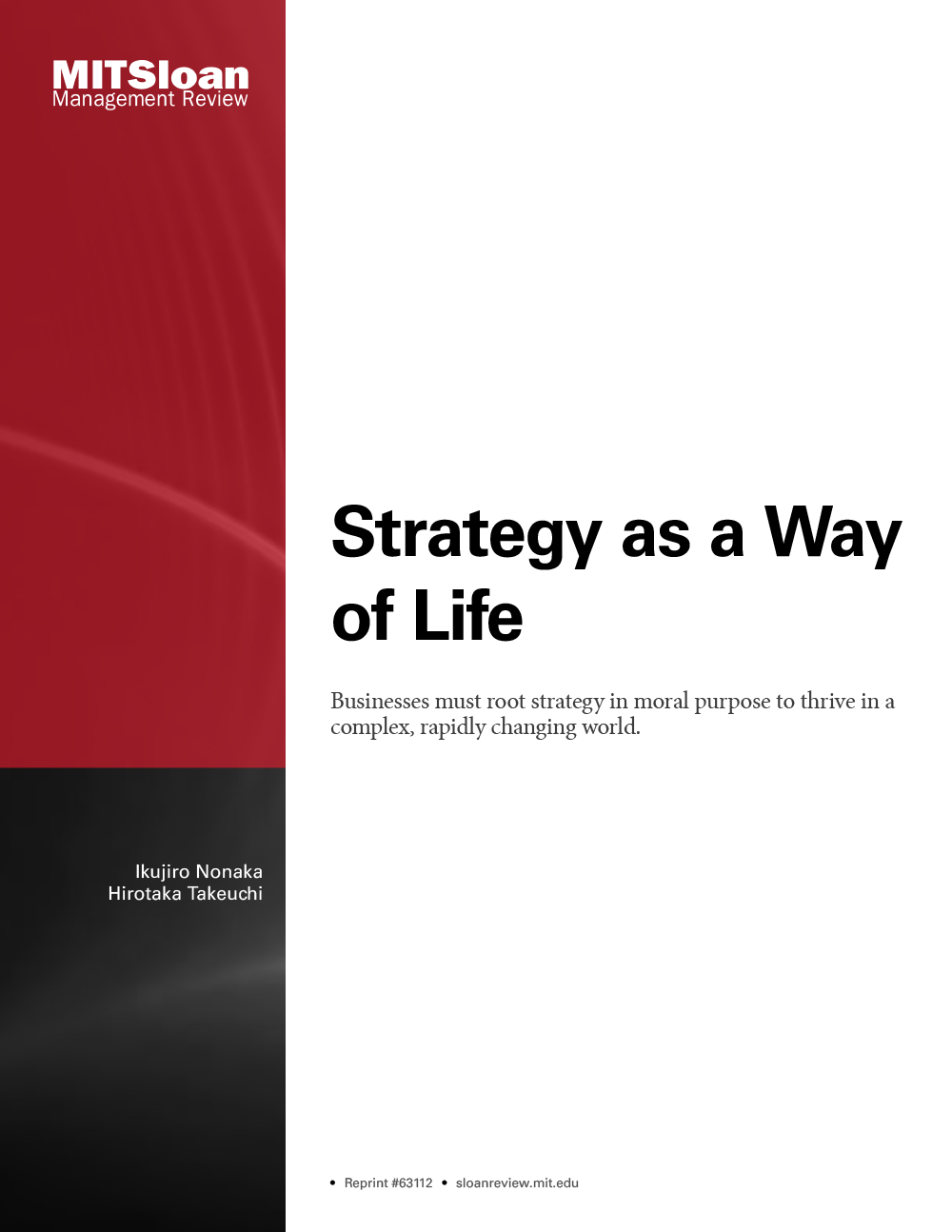
How SAP Made the Business Case for Sustainability
For more than a decade, Peter Graf, a computer scientist by training (Ph.D. in artificial intelligence), has focused on marketing at SAP, the business management software company. Since March 2009, Graf has had a new role: as SAP's first-ever chief sustainability officer for the company leading a global team that oversees all sustainability-related initiatives, from the creation of solutions that enable sustainable business processes for SAP customers to SAP's own sustainability operations, including key social, economic and environmental programs.
Graf's first task as an inaugural CSO was one of perception. "I had to be very careful not to come across as a marketing show," he says. "That means when we talk externally, the initial conversation is all about SAP as a role model." Once SAP established their credibility based on their own initiatives and metrics, using their own systems, they were able to communicate to customers that they too could reach their sustainability goals using SAP's systems.
Graf's second, and bigger task, was to grapple with internal corporate strategy. He had to make the business case for sustainability-driven actions -- and the case for trying to build SAP into a sustainability role model -- to SAP's own board of directors. His case was built on compliance, resource productivity, market opportunity, energizing the work force, and sustaining a business model. In this interview, Graf discusses how he made the sustainability case internally, what the payoffs have been and how SAP customers have -- and haven't -- responded.
Graf's first task as an inaugural CSO was one of perception. "I had to be very careful not to come across as a marketing show," he says. "That means when we talk externally, the initial conversation is all about SAP as a role model." Once SAP established their credibility based on their own initiatives and metrics, using their own systems, they were able to communicate to customers that they too could reach their sustainability goals using SAP's systems.
Graf's second, and bigger task, was to grapple with internal corporate strategy. He had to make the business case for sustainability-driven actions -- and the case for trying to build SAP into a sustainability role model -- to SAP's own board of directors. His case was built on compliance, resource productivity, market opportunity, energizing the work force, and sustaining a business model. In this interview, Graf discusses how he made the sustainability case internally, what the payoffs have been and how SAP customers have -- and haven't -- responded.




